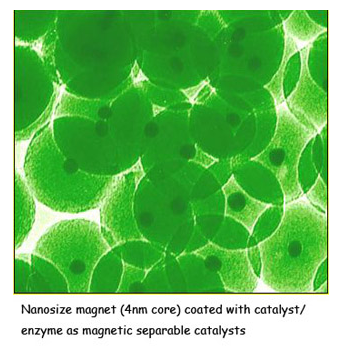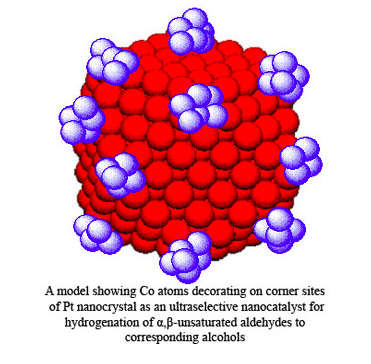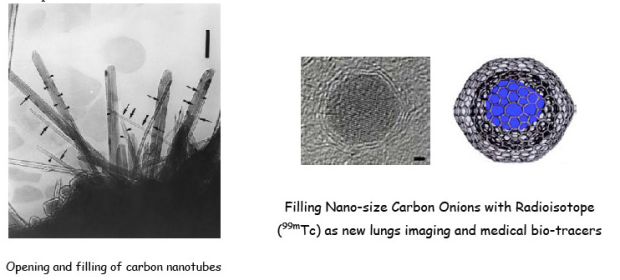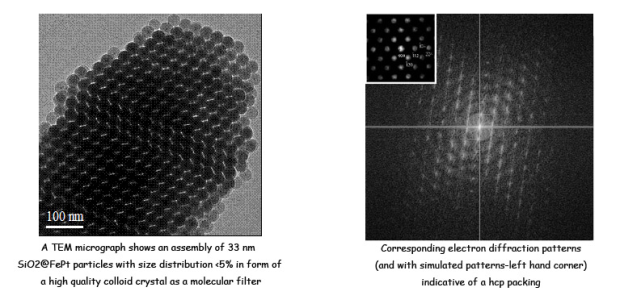Development of Novel Nano-materials for Catalysis, Sensor and Bio-medical applications
Recent developments in nano-science have opened up new directions in chemistry to allow the synthesis of novel nano-materials which could not be obtained by conventional means. Current research shows that they exhibit many fascinating size dependent properties. The use of well-defined, well-characterised pre-formed nanomaterials as building blocks for the synthesis of functional materials is a new direction for many exciting applications.
We are developing novel core-shell nanoparticles of controllable composition, size and morphology (see diagrams below). Some of them show exceptional catalytic activity and selectivity towards desired products. A new class of silica coated nano-magnet of controlled dimensions to host biocatalysts with the unique advantage of facilitating separation is also described by our group. By using simple nano-chemistry skills, we show that Pt nanocrystals with tailored sizes can be decorated with Co atoms in a controlled manner. The blockage of unselective Pt corner sites by Co and its electronic influence to the Pt surface can dramatically improve the catalytic performance of Pt for the selective hydrogenation of α,β-unsaturated aldehydes.


In nano-sensor and biomedical areas, our interests include using hollow carbon nanotube as nano-scale test tube for catalysis, separation, storage, magnetic, electronic applications. Research on attachment, testing and characterisation of enzymes and DNA in opened carbon nanotubes at Oxford are underway. These studies open up promising lines allowing developments of biosensors or drug or gene-delivery/storage methods as well as nano-surgical devices. Also, we are working on new synthesis of materials (magnetic, radionuclides) encapsulated in nano-carbon onions. By teaming up with Manchester hospital important applications of these encapsulated radioisotopes in onions for medical diagnosis are being developed.

